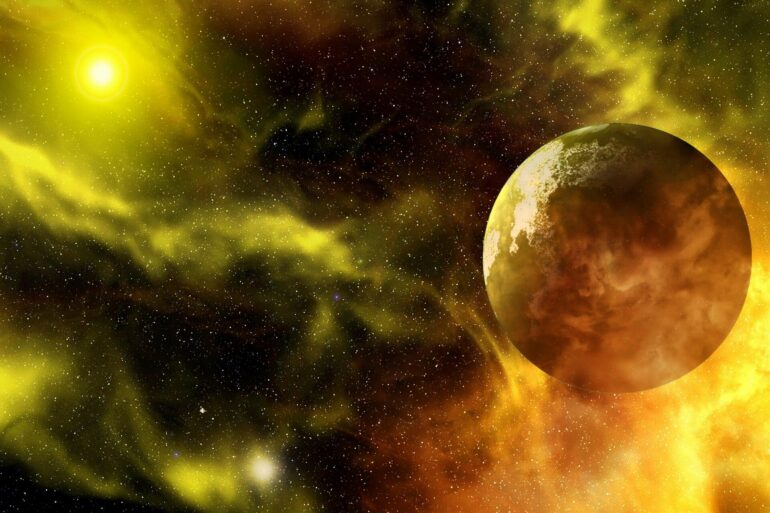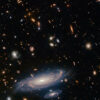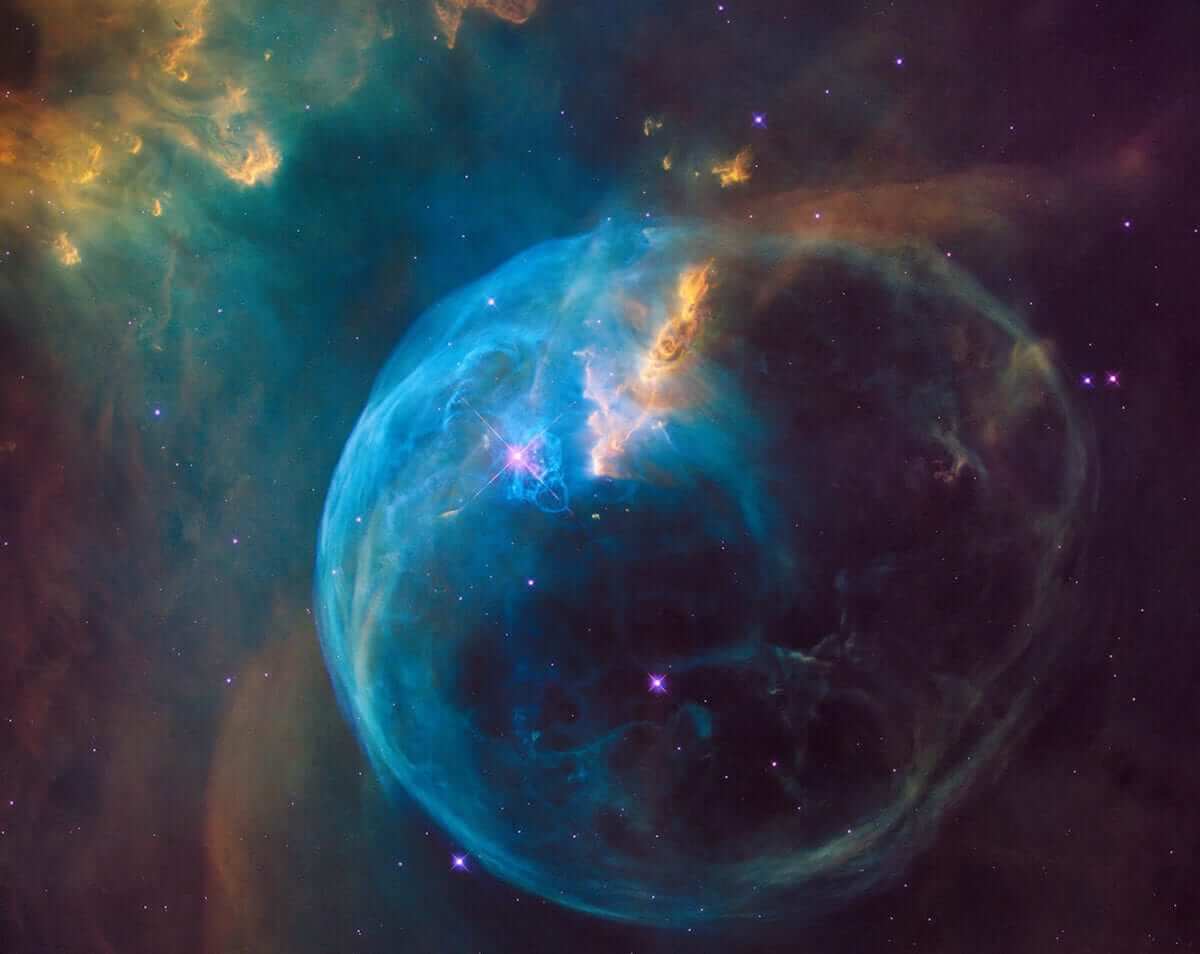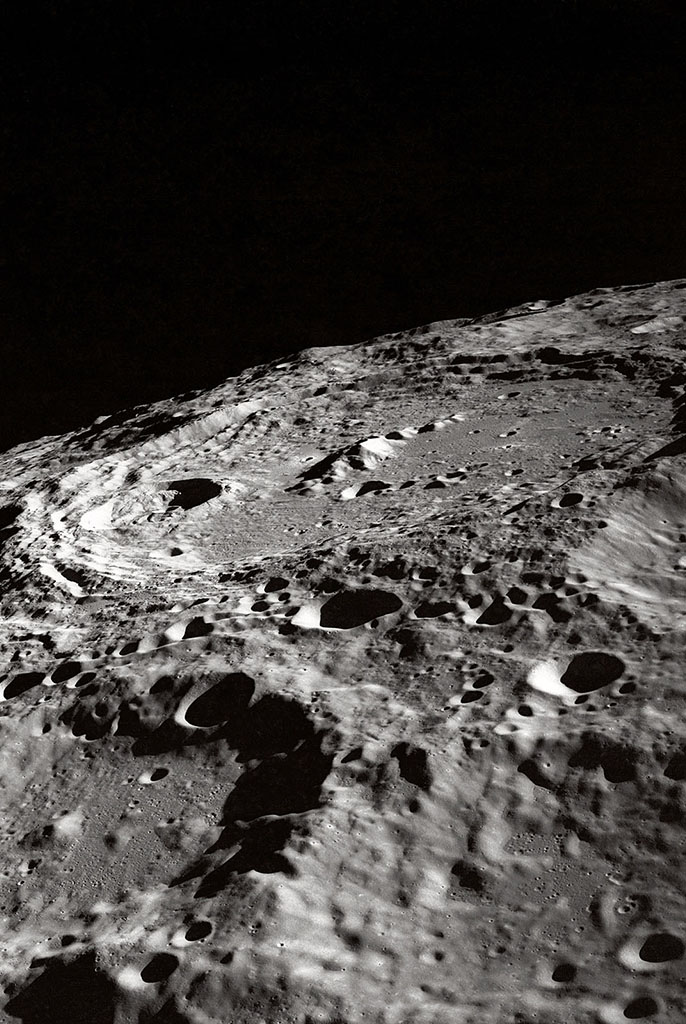The use of artificial intelligence (AI) scares many people as neural networks, modeled after the human brain, are so complex that even experts do not understand them. However, the risk to society of applying opaque algorithms varies depending on the application.
While AI can cause great damage in democratic elections through the manipulation of social media, in astrophysics it at worst leads to an incorrect view of the cosmos, says Dr. Jonas Glombitza from the Erlangen Center for Astroparticle Physics (ECAP) at Friedrich-Alexander Universität Erlangen-Nürnberg (FAU).
The astrophysicist uses AI to accelerate the analysis of data from an observatory that researches cosmic radiation.
“The results suggest that the most energetic particles hitting the Earth are usually not protons, but significantly heavier nuclei such as nitrogen or iron atoms,” says Glombitza. His analysis was recently published in Physical Review Letters.
Initial skepticism
“I found the use of machine learning in astrophysics fascinating,” says Glombitza. In 2017, he began programming ML tools at RWTH Aachen, moved to FAU in 2022, and received the ETI Award, which promotes talent at the university, in 2025. The term “artificial intelligence” is one the physicist uses reluctantly, as there is a lack of consensus on its use and it tends to spark controversial discussions.
However, Glombitza initially found it difficult to convince his colleagues of the advantages of the more easily communicable “machine learning” because a large part of it is a black box. The breakthrough came when the AI results could be verified with telescope observations.
Radiation from distant galaxies
The ultra-high-energy cosmic radiation probably originates from galaxies beyond the Milky Way. It consists of atomic nuclei with a charge of 1018 to 1020 electron volts, making them the most energetic particles found in nature. When entering Earth’s atmosphere, these primary particles interact and trigger an air shower, a cascade of countless smaller particles such as electrons, positrons, photons, and muons. Some are absorbed by the atmosphere, while others reach the Earth’s surface within a radius of several square kilometers.
In the course of the interaction between the particle cascade and the nitrogen molecules of the atmosphere, fluorescent light is produced, which can be measured by specialized telescopes, such as the Pierre Auger Observatory, the world’s largest facility for researching cosmic radiation.
“The measurements there have been running for 15 years,” says Glombitza.
According to our knowledge of the formation of atoms, the primary particles of ultra-high-energy cosmic radiation can consist of all elements from hydrogen to iron. Due to its large mass, an iron atom can generate a much more complex particle cascade when entering Earth’s atmosphere than a single proton.
The largest number of particles in the shower, which produce maximum fluorescent light, therefore appear at a greater distance from the Earth’s surface. In contrast, a primary particle of lower mass can penetrate much deeper into the atmosphere before its particle shower reaches the maximum light.
Discover the latest in science, tech, and space with over 100,000 subscribers who rely on Phys.org for daily insights.
Sign up for our free newsletter and get updates on breakthroughs,
innovations, and research that matter—daily or weekly.
Only on clear moonless lights
The analysis of the maximum fluorescent light provides good clues about the mass of the primary particle. However, the telescopes only work on clear, moonless nights, so there is much less data available for statistical evaluation than with the surface detectors, which operate around the clock. So far, however, it has not been possible to reconstruct the maximum light of the particle shower from the complex distribution patterns of the surface detectors.
This task is now performed by AI. It was trained to reconstruct countless simulated particle showers, where the distribution pattern of the particles now allows statements about the mass of the primary particle. Subsequently, the models are calibrated with real telescope observations.
Thus, the data from the surface detectors of 60,000 particle showers can be used for mass estimation.
“To achieve the same results without AI, we would have had to observe with the telescopes for 150 years. This is the breakthrough I have achieved,” says Glombitza.
More information:
A. Abdul Halim et al, Inference of the Mass Composition of Cosmic Rays with Energies from 1018.5 to 1020 eV Using the Pierre Auger Observatory and Deep Learning, Physical Review Letters (2025). DOI: 10.1103/PhysRevLett.134.021001
Provided by
Friedrich–Alexander University Erlangen–Nurnberg
Citation:
AI recognizes the mass of the most energetic particles of cosmic radiation (2025, March 17)



